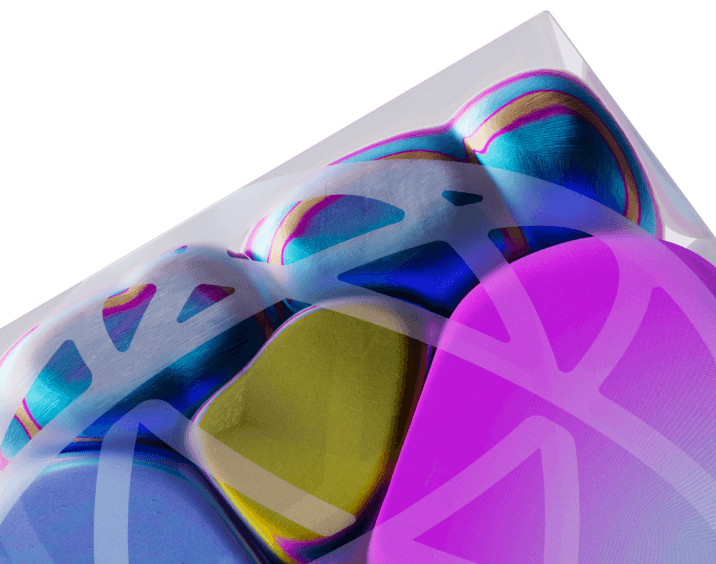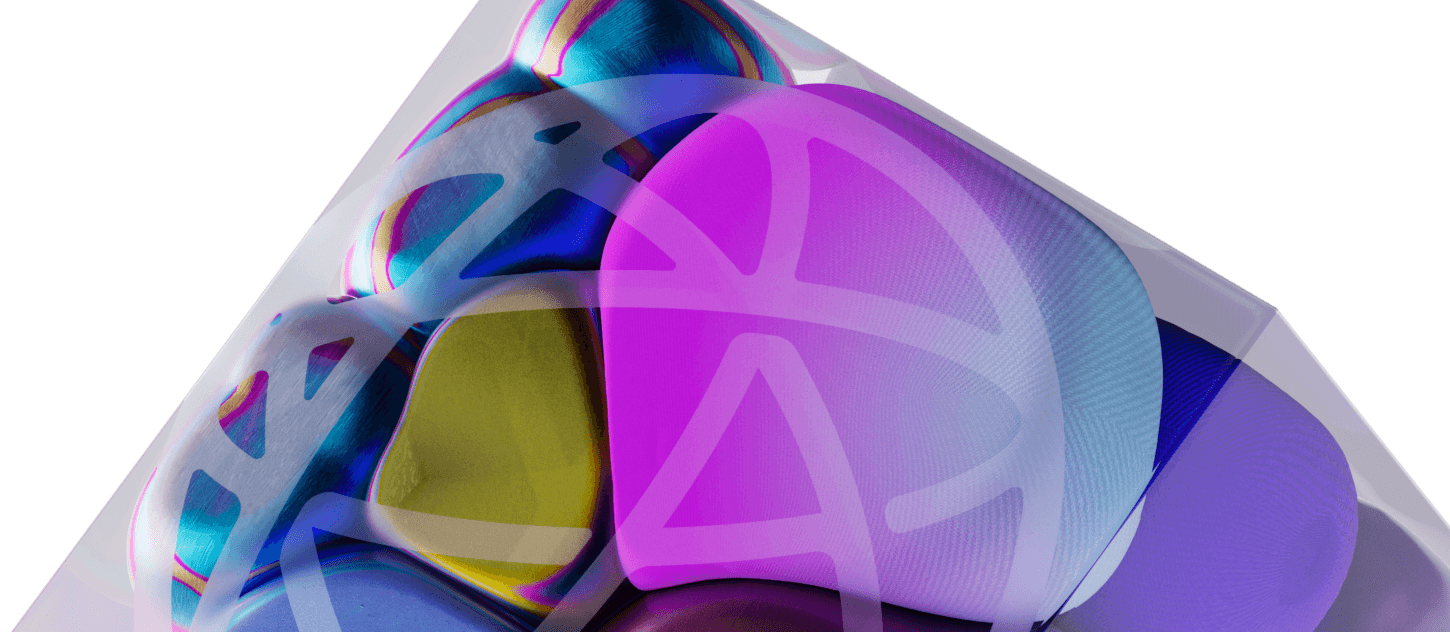FAQ
Frequently asked questions and answers
Celestia is a new technology that powers, scales, and secures web3 applications. To achieve this, Celestia introduces a new blockchain architecture to solve the core scaling challenges of today’s blockchains. This new architecture is what we call modular blockchains.
Visit the what is Celestia page to learn more.
Modular blockchains are a new paradigm in blockchain design. Instead of one blockchain doing everything, modular blockchains specialize and optimize to perform a given task. This specialization provides breakthroughs in scalability, flexibility, and interoperability, enabling developers to build blockchain applications for mass adoption.
Want to dive in on modular blockchains? Explore Learn Modular.
Celestia introduces a new feature called data availability sampling. This feature allows Celestia to safely increase its block size as more light nodes join the network. Importantly, block size increases don’t reduce Celestia’s security or decentralization, unlike traditional blockchains.
Because of Celestia’s modular architecture, it can support any programming language or VM. Currently supported languages include Solidity (EVM), Rust & Golang (Cosmos SDK). Developers are free to use any existing language and VM or define their own.
Developers can head to the docs to get started with building on Celestia.
Celestia supports multiple testnets that users can run nodes on in preparation for mainnet. Information on running testnet nodes is available in our documentation.
Celestia is designed to have a token used to secure the network via Proof of Stake and to pay for transaction fees on the network, and eventually a fee burn mechanism similar to EIP-1559 in Ethereum.

